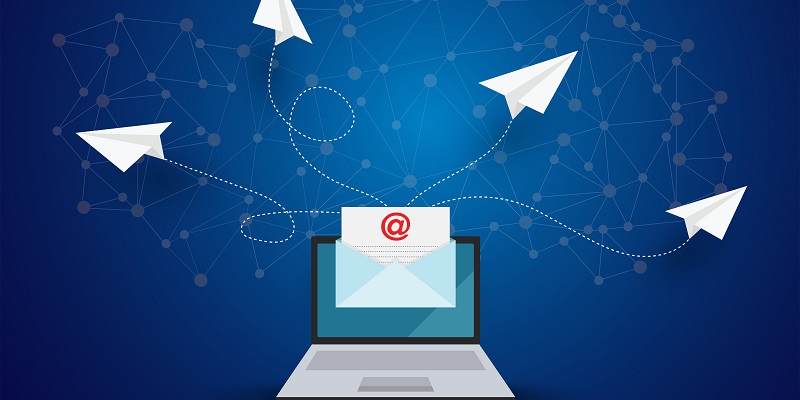In the realm of sales, communication is key. While cold calling and in-person meetings have traditionally been the go-to methods, email has emerged as a powerful tool for reaching out to potential customers. However, with the influx of sales emails flooding inboxes worldwide, it is crucial to craft messages that stand out and capture the attention of recipients. In this article, we will explore the importance of personalization, the pitfalls of generic messages, the power of a personal touch, the significance of tracking communication frequency, the effectiveness of proper follow-up, the benefits of maximizing email signatures, leveraging links within them, understanding your audience, targeting the right audience, and creating a friendly and respectful tone.
The Importance of Personalization in Sales Emails
In today’s digitally savvy world, people are bombarded with generic emails that lack any personal touch. Consequently, recipients are more likely to dismiss generic emails as spam or delete them without a second thought. Personalization is a game changer when it comes to sales emails – it allows you to establish a genuine connection and build rapport with the recipient.
Avoiding Generic Messages
Generic messages lack the unique touch and tailored approach needed to capture a prospect’s attention. To avoid being dismissed as just another mass email, take the time to research and understand the recipient’s needs, interests, and pain points. Incorporating personal details or referencing previous interactions demonstrates that you value the recipient as an individual, increasing the likelihood of a positive response.
The Power of a Personal Touch
A little personal touch goes a long way in sales emails. Taking the time to address recipients by name and mentioning specific details about their company or industry demonstrates that your email is not just a random pitch but a thoughtful effort to connect and offer value. Such personalization shows that you understand their unique challenges and positions you as a trusted advisor.
Tracking Communication Frequency
Maintaining relationships with prospects requires consistency without overwhelming them. Keeping track of the number of times you reach out to potential customers helps you strike the right balance. By systematically recording communication touchpoints, you can ensure that your follow-up strategy is effective and avoids becoming a nuisance.
Ensuring Effective Follow-up
Tracking communication frequency is only valuable if you leverage it to follow up effectively. By referring back to previous interactions, you can unobtrusively remind prospects of your previous conversations, creating a sense of continuity and reinforcing your commitment to their needs. Effective follow-up builds trust and keeps your offerings top of mind, increasing the likelihood of a positive response.
Maximizing Email Signatures
An often overlooked aspect of sales emails is the email signature. Your signature is an excellent opportunity to provide additional information and enhance your credibility. Including details such as your name, title, company, phone number, and any relevant social media handles ensures that recipients have all the necessary information to easily connect with you.
Leveraging Links in Email Signatures
In addition to essential contact information, including relevant links in your email signature can direct prospects to additional resources, such as your company’s website, blog, or social media profiles. These links provide recipients with an opportunity to explore further and gain a deeper understanding of your offerings, fostering interest and building trust.
Understanding Your Audience
To craft effective sales emails, it is crucial to understand your target audience. Take the time to research their industries, pain points, and goals. By gaining deep insights into their needs, you can tailor your messaging to resonate with their specific challenges, increasing the likelihood of engagement and conversion.
Targeting the Right Audience
While personalization is crucial, it is essential to ensure that you are targeting the right audience. Conducting thorough research and evaluation helps you identify potential prospects who align with your ideal customer profile. By directing your efforts towards those who are more likely to benefit from your offerings, you can optimize your outreach and maximize your chances of success.
Creating a Friendly and Respectful Tone
When crafting sales emails, it is vital to strike a delicate balance between being friendly, approachable, and respectful of the recipient’s time. Use language that is warm, engaging, and professional while ensuring brevity and clarity. By respecting their time, you convey an understanding of their busy schedules and increase the likelihood of a positive response.
The art of crafting personalized sales emails requires a thoughtful and strategic approach. By emphasizing personalization, avoiding generic messages, incorporating a personal touch, tracking communication frequency, ensuring effective follow-up, maximizing email signatures, leveraging links within them, understanding your audience, targeting the right audience, and creating a friendly and respectful tone, you can significantly increase the effectiveness of your sales emails. By nurturing relationships and building trust, you pave the way for successful conversions and long-term partnerships.

